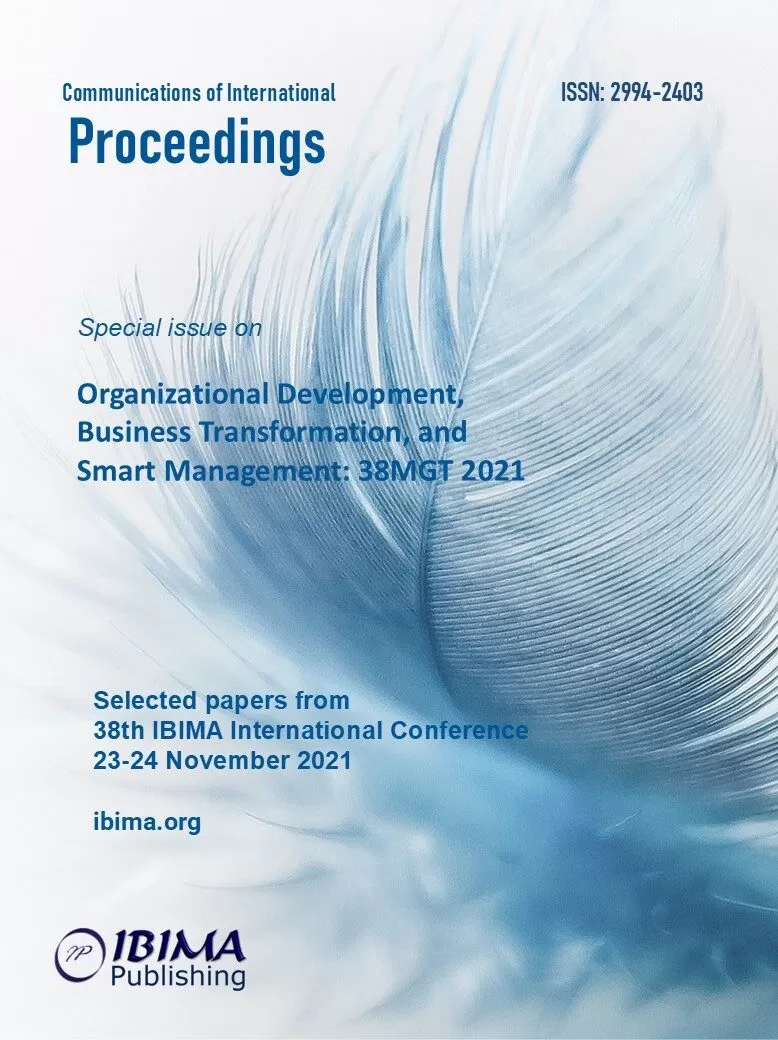
Paweł NOWICKI and Piotr KAFEL
Cracow University of Economics, College of Management Sciences and Quality, Poland

Research background: Nowadays, consumers are becoming more and more aware market participants who consciously demand safe food products. They are looking for accurate information about the food they buy and eat. In addition to informed end consumers, retail chains also strive for excellent food quality in their supply chain. Therefore, there are many different food standards that companies use to safely deliver food to end consumers at all stages of the supply chain. One of these standards is the International Food Standard, which covers all parts of the supply chain from the arrival of raw materials to production as well as delivery to the supermarket chain. In its latest version, many changes have been introduced to adapt it to the requirements of a very dynamically developing food industry, which, unfortunately, is exposed to many threats and dangers caused by a multitude of factors that are often difficult to identify. In this paper there has been shown as well as described the most important improvements and changes to the well-known and popular IFS Food standard.
Purpose of the article: The purpose of this article was to highlight and describe the newest approach within the IFS Food Standard v7. Authors undertook a try to explain the most important changes for food industry within IFS Food Assessment process.
Methods: For the purpose of this article a literature review and analysis was conducted.
Findings & Value added: The main findings are related to the statement that the new version of the IFS Food standard v7 is an evolution as well as revolution at the same time due to a big package of changes implemented. There has been some adjustment to the new requirements from GFSI which is definitely an evolution. On the other side the decrease in formal requirements and slimming down documentation may be considered as revolutionary for food industry, however, these types of activity can be observed with the standards based on the HLS structure for past few years.